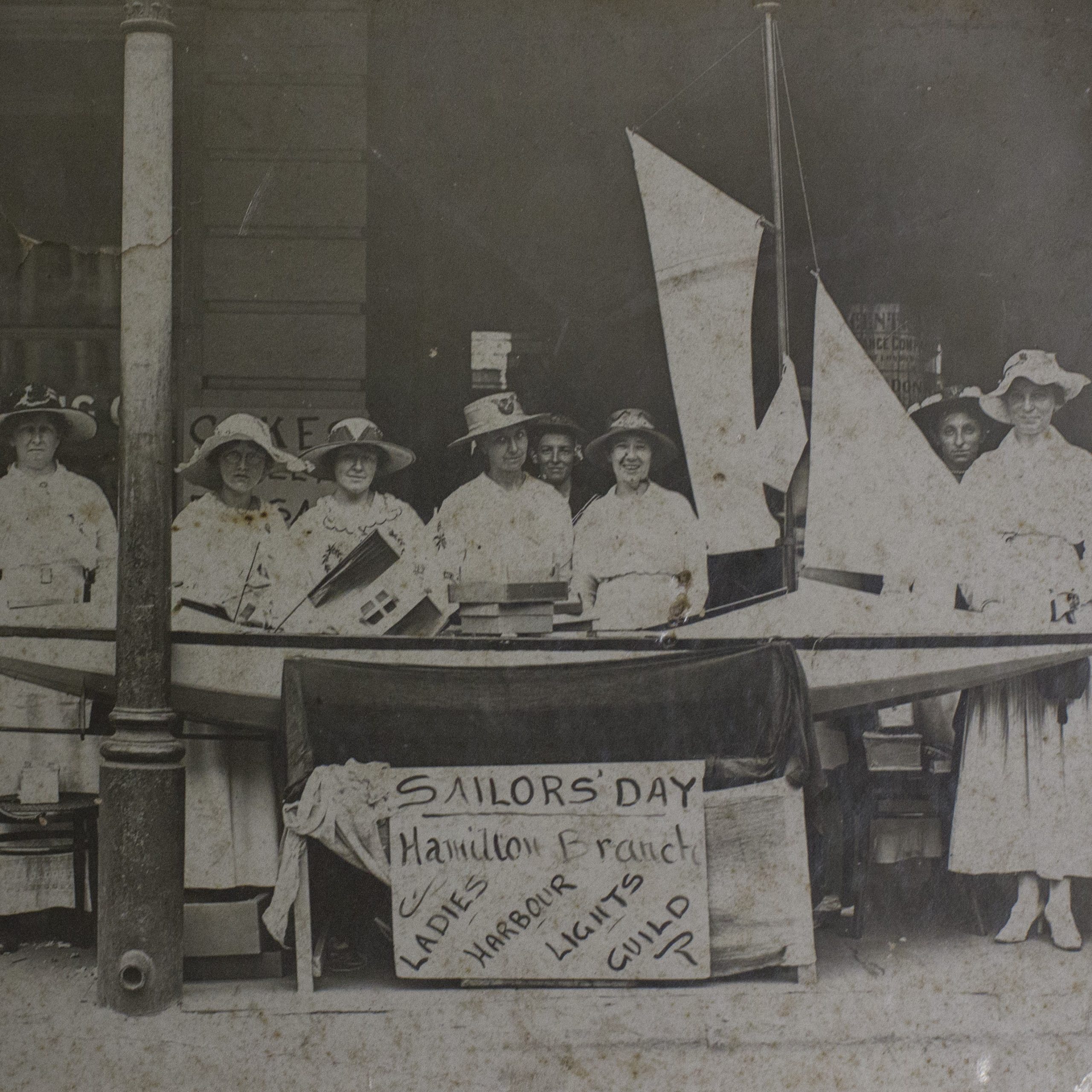
The 19th Century and early 20th Century
Roles for church women were prescribed in the 19th and early 20th centuries.
Such roles included clergy wife, Sunday school teacher, philanthropist and fundraiser.
Bazaars were very important for fundraising.
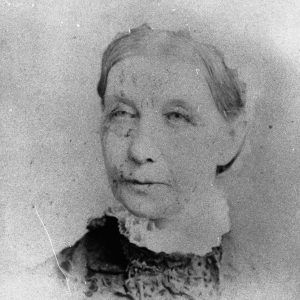
Mary Glennie (1826–1890)
The lot of a clergy wife dedicated to charitable works.
Click for More
Mary Glennie (1826–1890)
The work of clergy wives was, and is, largely unsung. A striking example of the clergy wife dedicated to charitable works is Mary Glennie. She followed her husband to the Darling Downs and then Toowong, establishing many benevolent organisations along the way including the Girls’ Friendly Society.
Archdeacon Benjamin Glennie was a significant person in the early years of the Diocese, but one who is equally important but less well known in Diocesan history is Mary Glennie, his wife. So little was known of Mary Glennie that it caused some people to ask “I didn’t even know Benjamin Glennie was married.” In her story we see what an impact Mary Glennie made in the Diocese, an indication of the strength of character of this seemingly unremarkable, quiet woman.
Mary Glennie was born in England in 1826, apparently well educated. In 1861 she came to Australia as a chaperone to her friend Kate Fowler. She lived in Warwick where she met Benjamin Glennie whom she married in 1868.
They went to Drayton Church of England Church, Darling Downs, where she shared with her husband the multifarious tasks which fell to the lot of a clergyman’s wife.
When the Glennies were transferred to Toowong Mary Glennie gave whole hearted devotion to religion and charity. She assisted in the inauguration of the Governesses’ Home and Young Women’s Institute to assist women who were forced through no fault of their own to seek employment to maintain themselves, a home which operated until 1927. She established the Girls’ Friendly Society in 1882. Mary Glennie was active in the North Brisbane Benevolent Society and St John’s Temperance Society. She was a long and active member of the Lady Bowen Hospital committee.
Mary Glennie died in 1890. The Brisbane Courier reported that her death would be felt not only by her venerable husband, but by a large number of attached friends, as well as by the poor and afflicted among whom she so long and so devotedly laboured.
Further information
https://trove.nla.gov.au/newspaper/article/20282690
http://nla.gov.au/nla.news-article170833052
www.glennie.qld.edu.au/connect/enews-archive/from-the-archives-the-story-of-mary-glennie/
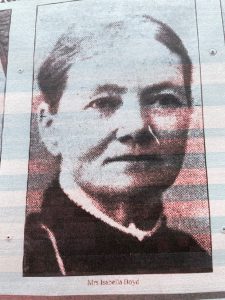
Isabella Boyd (circa 1843 – 1916)
A Pioneer Woman of Brisbane Diocese
Click for More
Isabella Boyd (circa 1843 – 1916)
Isabella Boyd made an outstanding contribution to the Brisbane Diocese in the 19th and early 20th century. Unlike many women of her era whose work was often not acknowledged, she has been given tangible recognition in the form of a commemorative stained glass window, depicting St Peter, in the Apse of St John’s Anglican Cathedral, Brisbane. Her story explains why she is remembered in her era.
Isabella Boyd was born in Carlow, Ireland, daughter of Revd George Boulter Dawson (her Mother’s name unrecorded). At the time of her death in 1916, she had spent over 50 years in Queensland. In 1862 she married William A.J. Boyd (known as Alexander). Isabella was registered as an Assistant Teacher. In 1871 they moved to Pimpama, near Brisbane, where they were pioneers in sugar and rice growing.
They moved to Townsville in 1873 where Alexander was Headmaster of Townsville Central State School, assisted by Isabella. They moved to Brisbane in 1875, to prepare for the opening of a private school, Eton Preparatory School. During this time Isabella Boyd devoted herself to various charities. She was an indefatigable Church worker, and for 25 years she was hon. secretary of the Central Girls’ Friendly Society. She was also president of the Cathedral Embroidery Guild. Other committees she was involved in were the National Council of Women, the District Nurses’ Home and the Lady Musgrave Lodge. Following her resignation from these Committees she was elected as a life member of many of these organisations. Isabella Boyd had a conspicuous claim upon the gratitude of the Queensland Province. For twenty years she had been the moving spirit in organising he Synod teas. It was reported in the Church Chronicle (1906) that she was known as “the high priestess of those admirable Synod teas where excellence constitutes at once one of the principal incentives to regular attendance at Synod and one of the chief hindrances to effective debating at the evening sessions.” At the conclusion of Synod in 1906 the Archbishop voiced the thanks of all members of Synod and presented Isabella with a handsome silver-backed toilet set, consisting of brush, comb, mirror and pin-tray.
Isabella Boyd died in 1916. Her funeral was held at St John’s Cathedral where she was given the highest honour the Church of England could pay, with the form of service chosen by the Archbishop and Canon of the Cathedral. The internment of her body took place at Toowong Cemetery. Isabella Boyd’s life is commemorated by a stained glass window in the Apse of St John’s Cathedral, two depictions of St Peter, a gift of the Girls’ Friendly Society in 1920.
Dr Gwenneth Roberts, assistance of Mr Michael Rogers, Diocesan Archivist

The Mothers’ Union, Brisbane (1904-)
To win the homes of the nation for Christ
Click for More
The Mother’s Union (1904-)
An enduring organisation, the Brisbane branch of Mothers’ Union was formed in 1904. Since then it has evolved from the goal of organising a band of Mothers united in prayer and seeking purity and holiness of life. Nowadays, the emphasis is still on family and is expressed through several development projects worldwide.
The early days
It is a call to every one of us to live in prayer that His help, His blessings, and His inspiration may rest upon our earnest efforts.
These are the words of Mary Sumner, the foundress (sic) of The Mothers’ Union in England, in 1876.
This was an era when the British Empire was a very strong force in the world, with widespread territories and colonies. It is not surprising that by 1892, MU arising out of the Church of England, had spread to many countries including Australia.
In 1903 the Church Chronicle described the aims of the Mothers’ Union: to uphold the sanctity of marriage; to awaken in Mothers their sense of responsibility in the training of boys and girls; and to organise in every place a band of Mothers who will unite in prayer and seek, by example, purity and holiness of life.
The first MU branch in Australia was formed in Tasmania in 1894. In Brisbane, the vision of Mrs Elizabeth Exley saw the formation of a parochial branch at Christ Church, Milton in 1904. Mrs Exley, with the support of MU was a driving force behind the 1937 establishment of MU District Nursing Association (became St Luke’s Nursing Service in 1968).
In 1906 the Governor’s wife, Lady Chelmsford became MU President and in 1909 MU was constituted as a Diocesan organisation.
Through succeeding years, membership flourished. Underpinned by prayer and Bible study, MU run programs for mothers and children, providing support through both World Wars. MU’s departments focus across many areas: Prayer and Spirituality; Lone Members; Publications; Promotion and Development; Education; Social Issues and Action; Overseas and Northern Outreach and Links; Magazines/ Mia Mia editor.
Societal changes in the 1960s and 70’s such as the use of contraception and divorce caused MU to reassess its position. Rigid membership rules were changed to include all those who have been baptised in the name of the Holy Trinity and declare their support for the Aims and Objects of the Society.
Young members’ department
This less structured organisation commenced in 1949, to assist young women to grow in their Christian life and join MU in the future. Meetings were less formal, engendering fellowship and fun, as well as social work and Bible study. In 1983, this organisation was renamed Caritas, membership rules and age limits were removed. The organisation disbanded in 2016.
Autonomy of Anglican Mothers’ Union Australia
In 1974 autonomy was granted to the Australian Commonwealth Council of The Mothers’ Union, by the English Central Council. A new Royal Charter was granted by Queen Elizabeth II in which the Aim and Objectives were reworded to those in use today.
For Brisbane Diocesan MU, the most outstanding event was hosting the first World Conference to be held in Australia in 1979. This conference marked the true nature of MU’s worldwide partnership. More recently, in 2008 Brisbane MU hosted the Special World Wide Regional Meeting in Toowoomba.
Renamed Anglican Mother’s Union of Australia in 2016, AMUA continues its focus on family life, advocating for such issues as domestic violence, child abuse, migrants and gambling. Positive parenting programs continue across Australia and around the world. During 2020-2021 AMUA is raising money to support a locally adapted Positive Parenting program in Papua New Guinea. Contributions to the Overseas Fund support many projects addressing literacy, gender equity and gender based violence. MU members in Solomon Islands are part of a taskforce to improve community-based outcomes for women in remote communities with respect to gender equity and gender justice. Each year AMUA participates in 16 Days of Action Against Gender-based violence.
In later years, AMUA has diminished slightly in numbers, with its membership representing an older age group of women and some men.
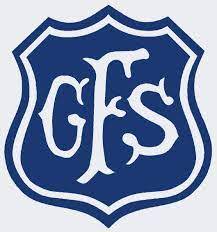
Girl’s Friendly Society
There is always a deep interest in looking back to the beginnings of a great movement – in recalling the sowing of the first tiny seed that contained within it the germ of a living and growing tree, and GFS has been a growing tree within this diocese for 135 years.
Mary Elizabeth Townsend was the foundress (sic) of GFS. She was born in 1841, and was the daughter of the Revd. Robert Butler, a Church of England vicar. She was born in the city of Kilkenny in Ireland, but after her parents died grew up in the guardianship of her two aunts in England, and eventually married the local squire in Honington, Warwickshire. Mary cared for the young girls who worked on their estate.
In 1874 there was limited education, and little chance of technical training for girls. For most there was only domestic or factory work, and in these areas the wages were low, hours long, and conditions sub-standard. In May 1874 a meeting was held at Lambeth Palace to discuss her ideaS, so GFS – The Girls Friendly Society – was born.
Inspired by her own deep faith Mary’s list of achievements is impressive. She cared for the whole person of her girls and was constantly expanding the departments of GFS to meet their needs. She recruited ‘Mother figures’ to whom the girls could turn to for advice and friendship and opened hostels where the girls could live reasonably and respectably
In 1879, only four years after the commencement of GFS in England, the wife of the Governor of South Australia, Mrs Jervois held the first meeting of GFS in Australia.
In Queensland it was the energetic zeal of Mrs Glennie and Archdeacon Glennie that started GFS in Brisbane. The first meeting was held in October 1882,
For the first few years the aim of GFS in Australia was to help girls who had emigrated from the homeland, most of whom obtained positions in domestic service. But, as time went on the scope of the society widened, with the expanding opportunities for women’s work in all directions. Workhouse girls, shop girls, factory girls, and the emerging class of business girls were all encouraged to join GFS and extend the hand of friendship to each other. In brief GFS had become a universal society of the Anglican Church, among women and girls from all walks of life.
As the society’s work in the early days was mainly in meeting immigrants from England it was deemed necessary to have a lodge to house them, and the first of these was opened in Spring Hill. With a bequest in 1921 a ‘Hostel Fund’ was established, supplemented by fund raising. In 1942 it was decided to purchase a home in New Farm, and convert it into a hostel, instead of building a new one. This was named ‘GFS House’.
From 1942 – 1946 GFS House was used to house service women. In 1946 it began operation as a hostel for country girls attending schools and colleges in Brisbane, and so it continued to offer accommodation to single young women until the 70’s. The changing life styles of the 70’s saw the dormitory accommodation that the hostel offered as being unacceptable to the modern girl. Financially it was not viable for GFS to keep it running, so in 1976 the Brisbane Anglican Diocesan Council was given the use of the property for social work amongst women. It was used by Anglicare for many years as a Women’s Hostel. GFS House was sold in 2009. From sale of the property, GFS donated over $2 million to Anglicare towards their ‘Home Away from Homelessness’ facility that has since been built at Toowong.
There are not many parishes in the Brisbane Diocese that have not had a GFS branch over the years. The post war years saw a great upsurge in numbers, and at its peak in the early 60’s there were nearly 100 branches with a membership of 2340. Since then membership numbers have decreased significantly due to changes in the style of Children’s and Youth Ministry and lack of leaders. There are few remaining branches in the Diocese, engaging in the traditional activities of Christian teaching, craft and games, formerly engaged in by GFS.
GFS still retains Mary’s vision, and has moved forward with its network of support and resources, reaching out with many forms of ministry. Over $3 million was invested after the sale of GFS House and the interest is used to support parishes and agencies in the diocese with grants for their own Children’s and Youth Ministry. GFS supports the Ministry Education Commission. Two Bursaries are given each year to students at St. Francis Theological College. GFS also funds a Chaplain at the Queensland Children’s Hospital. A Diocesan Project is supported each year, as well as financial assistance to the GFS World Body. Although GFS does not have many of its own branches, Children’s and Youth Ministry is still supported in the Diocese. GFS is very happy and proud to be able to support parishes and agencies in that ministry.
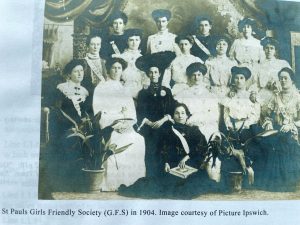
Acknowledgement: Lesley Briggs, Margaret Humphries